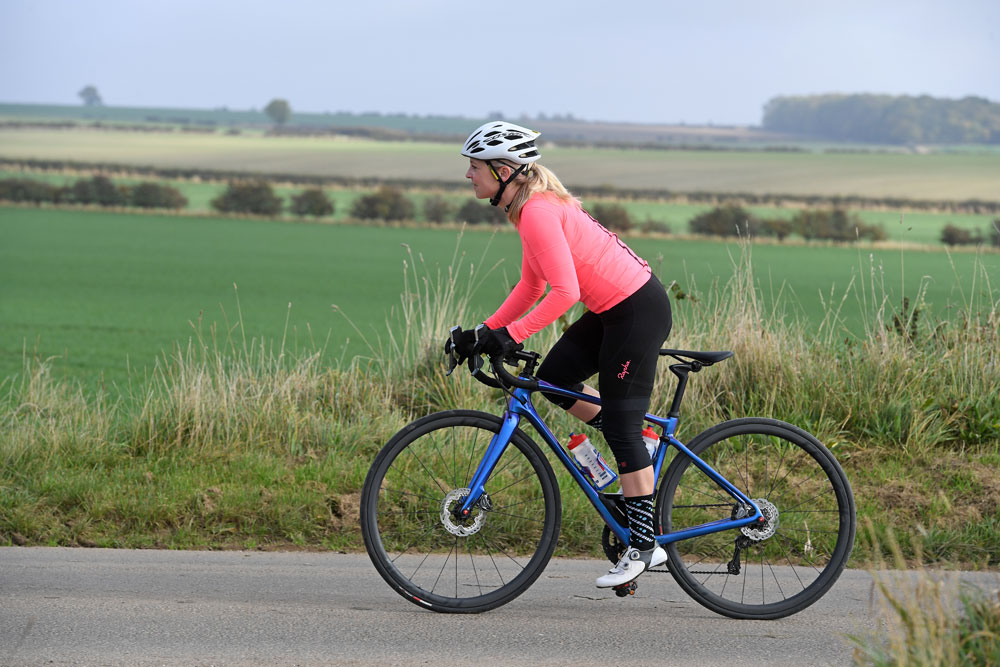Cycling further or cycling faster, which is better for weight loss?
Long and slow or short, hard and fast. If your goal is to reduce body fat which of these methods will get the best result?
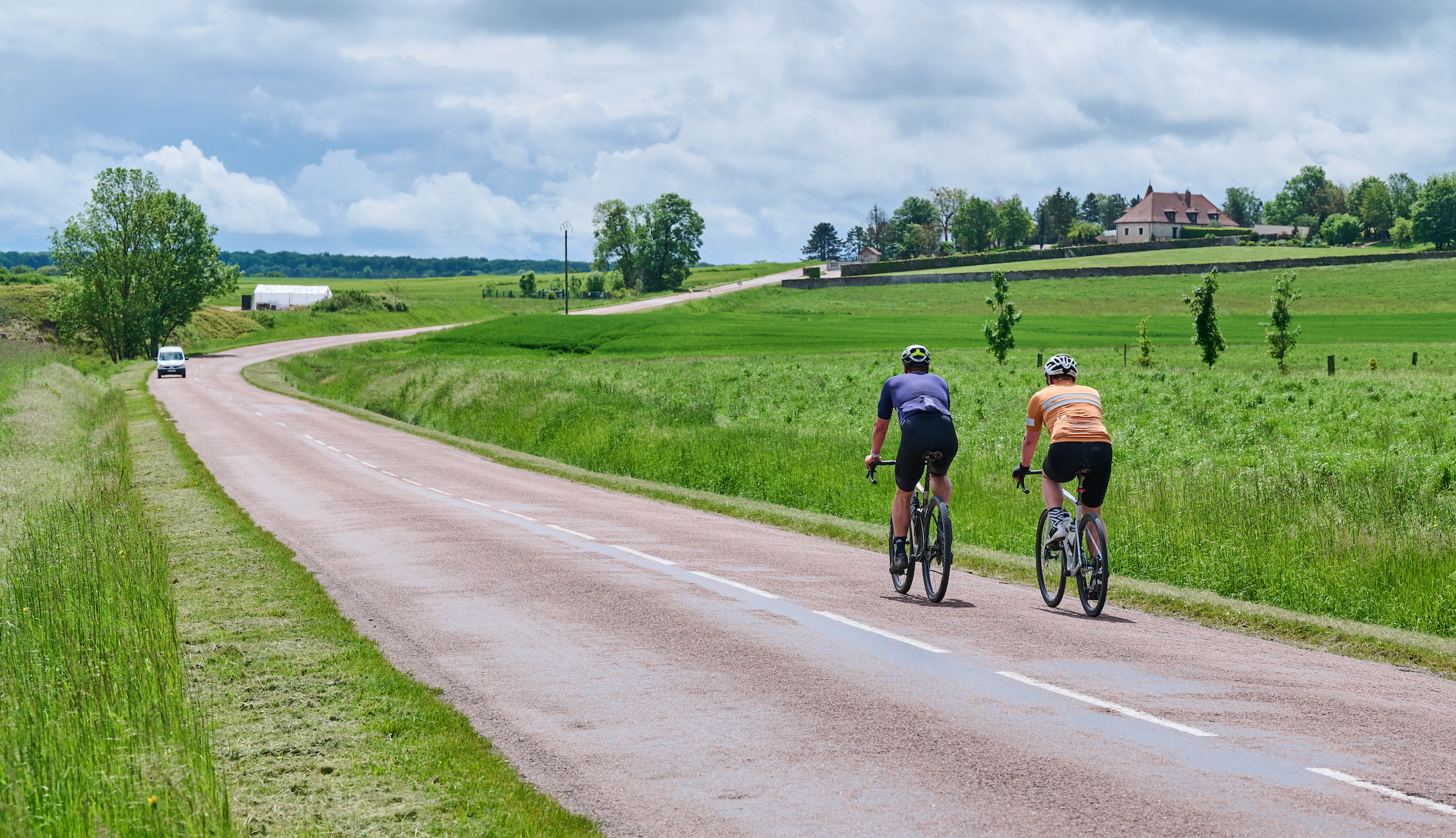
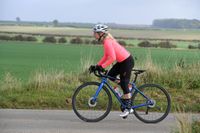
On the surface, the core principle of weight loss is simple – create a caloric deficit where calories burned are higher than calories consumed as part of a healthy, balanced diet. Cycling, as a form of cardiovascular exercise, contributes significantly to energy expenditure. Both distance (cycling further) and intensity (cycling faster) play crucial roles, but they do so differently.
Cycling longer distances generally translates to increased energy expenditure simply because more time is spent exercising. According to the American Council on Exercise, moderate cycling burns approximately 7 calories per minute for individuals weighing around 155 pounds (about 70 kg).
Consequently, a longer ride, even at a moderate pace, can accumulate substantial calories burned. But that's if you have the time available to do long rides. On the other hand, cycling faster increases caloric burn per minute because of higher intensity, but high-intensity exercise can be thigh and lung-burningly uncomfortable.
Then you have to consider the body burns different fuels at different intensities. At low intensity the body can fuel exercise by burning fat. Of which even the slimmest person has enough to keep them going for hours.
At higher intensities, the body needs fuel to be delivered to the muscles quicker, so it uses Glycogen, which is how carbohydrates are stored in your body. Without topping these up, most people have enough stored Glycogen to keep them going for one to two hours.
But despite the fact that slower riding burns fat, it's not so simple to say that's the best way to lose weight. In fact, this is a question that has had coaches and exercise scientists scratching their heads.
A study by Trapp et. al (2008) aimed to answer the question of which type of exercise is better for fat loss. The study explored how a 15-week program of high-intensity intermittent exercise (HIIE) affects body fat and insulin resistance in young women.
The latest race content, interviews, features, reviews and expert buying guides, direct to your inbox!
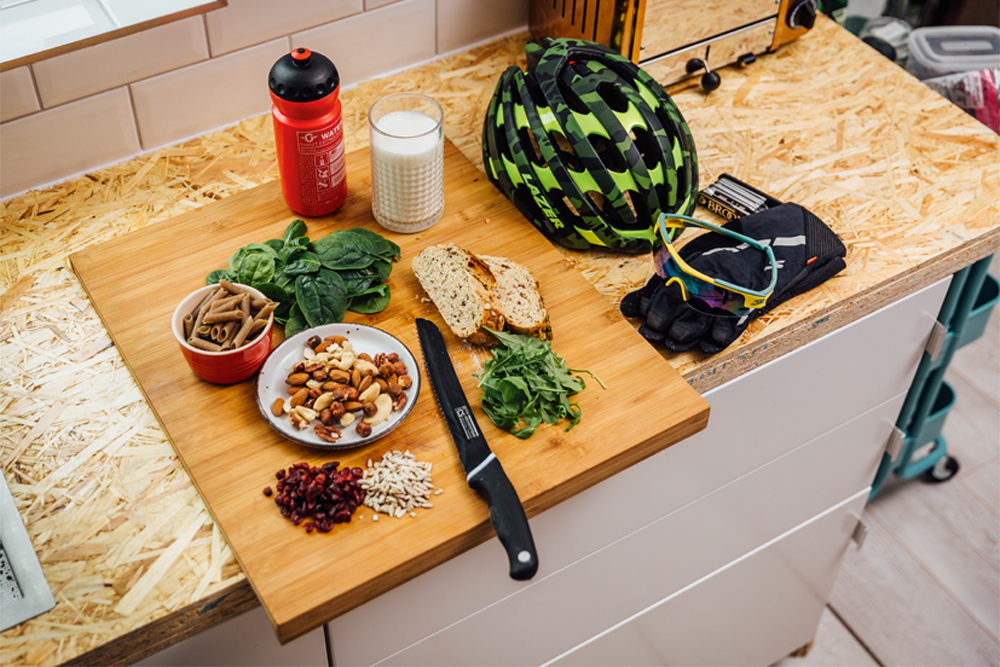
Getting your fuelling right is essential for weight loss without performance loss
The participants were divided into three groups: one performing high-intensity intermittent exercise consisting of eight seconds of sprinting and 12 seconds of turning the pedals over slowly for 20 minutes, another doing steady-state exercise for 40 minutes. Both exercise groups saw improvements in cardiovascular fitness, but only the high-intensity intermittent exercise group experienced significant reductions in overall body weight, fat mass, and trunk fat, along with lower fasting insulin levels.
The study also found that fat loss was more pronounced in the legs than arms for the high-intensity intermittent exercise group. Researchers concluded that high-intensity intermittent exercise was more effective than steady-state endurance exercise in reducing body fat and insulin resistance.
But why, when that form of riding should be burning stored glycogen, which doesn't affect body fat? High-intensity cycling elevates heart rate and induces a greater afterburn effect, formally known as excess post-exercise oxygen consumption (EPOC).
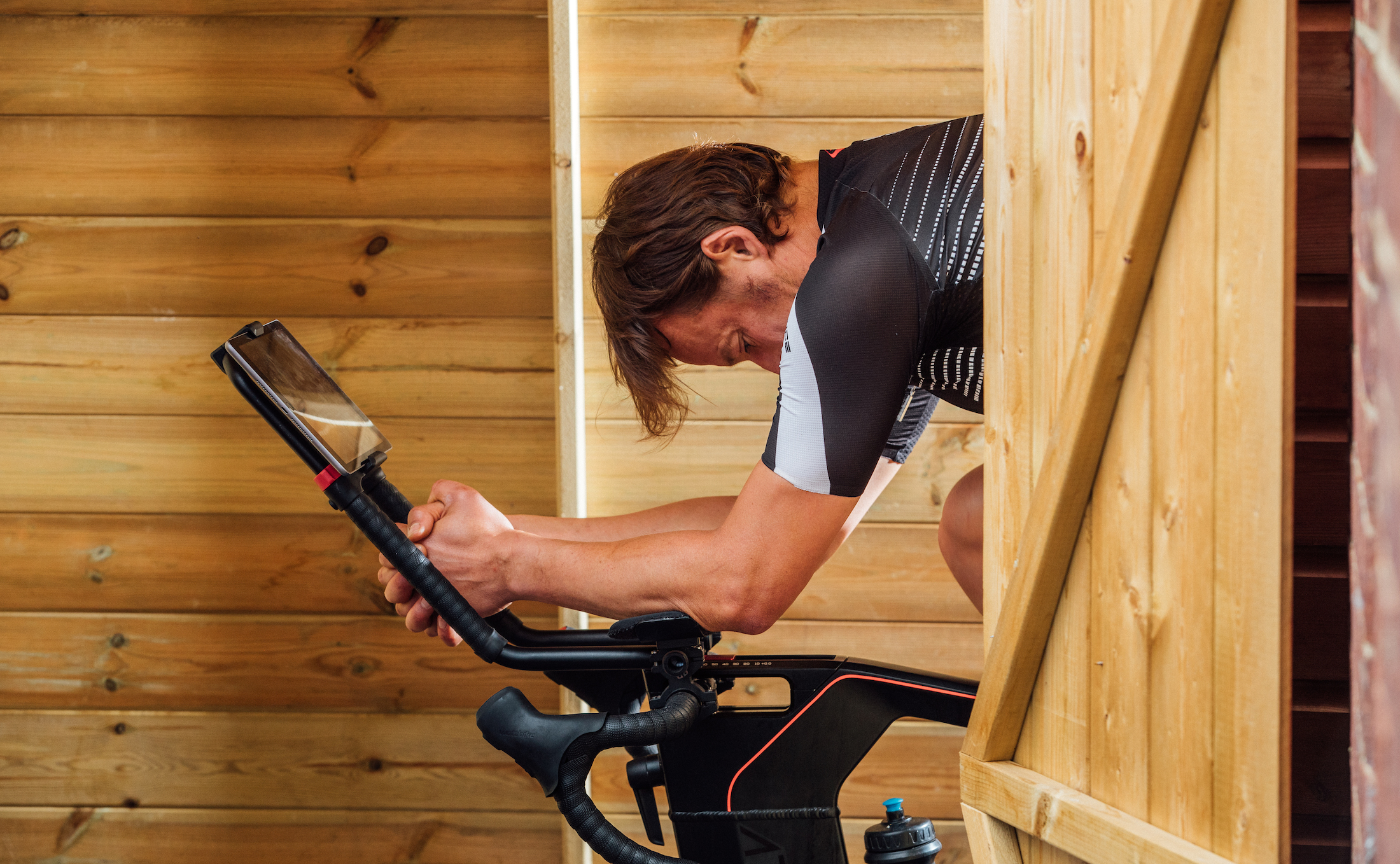
High intensity training is time efficient and can be done indoors
This means the body continues to burn calories at an elevated rate even after the exercise has finished—something particularly advantageous for individuals with time constraints.
When high intensity interval training was compared with continuous steady state exercise, the post-exercise calorie burn was higher for the group doing interval training, The researchers concluded that “interval exercise may be more effective than continuous exercise in reducing body fat”
For improved cycling performance, not just fat loss, the results are not too dissimilar. A study by Burgomaster et.al 2007 looked at sprint versus endurance training from the perspective of improving muscle metabolism and how muscles use oxygen during exercise.
This study explored how two different types of exercise training—short, intense workouts (sprint-interval training ) and longer, steady workouts (endurance training )—affect the metabolism of muscles. While sprint interval training involved very intense but brief cycling sessions totalling about one hour per week, endurance training involved longer sessions, adding up to about 4.5 hours per week. Despite the significant difference in time commitment and overall training volume, both groups showed similar improvements in fitness levels and muscle metabolism.
The study concluded that short-interval training, despite being shorter and less time-consuming, is just as effective as endurance training in improving muscle metabolism, one aspect of cycling fitness.
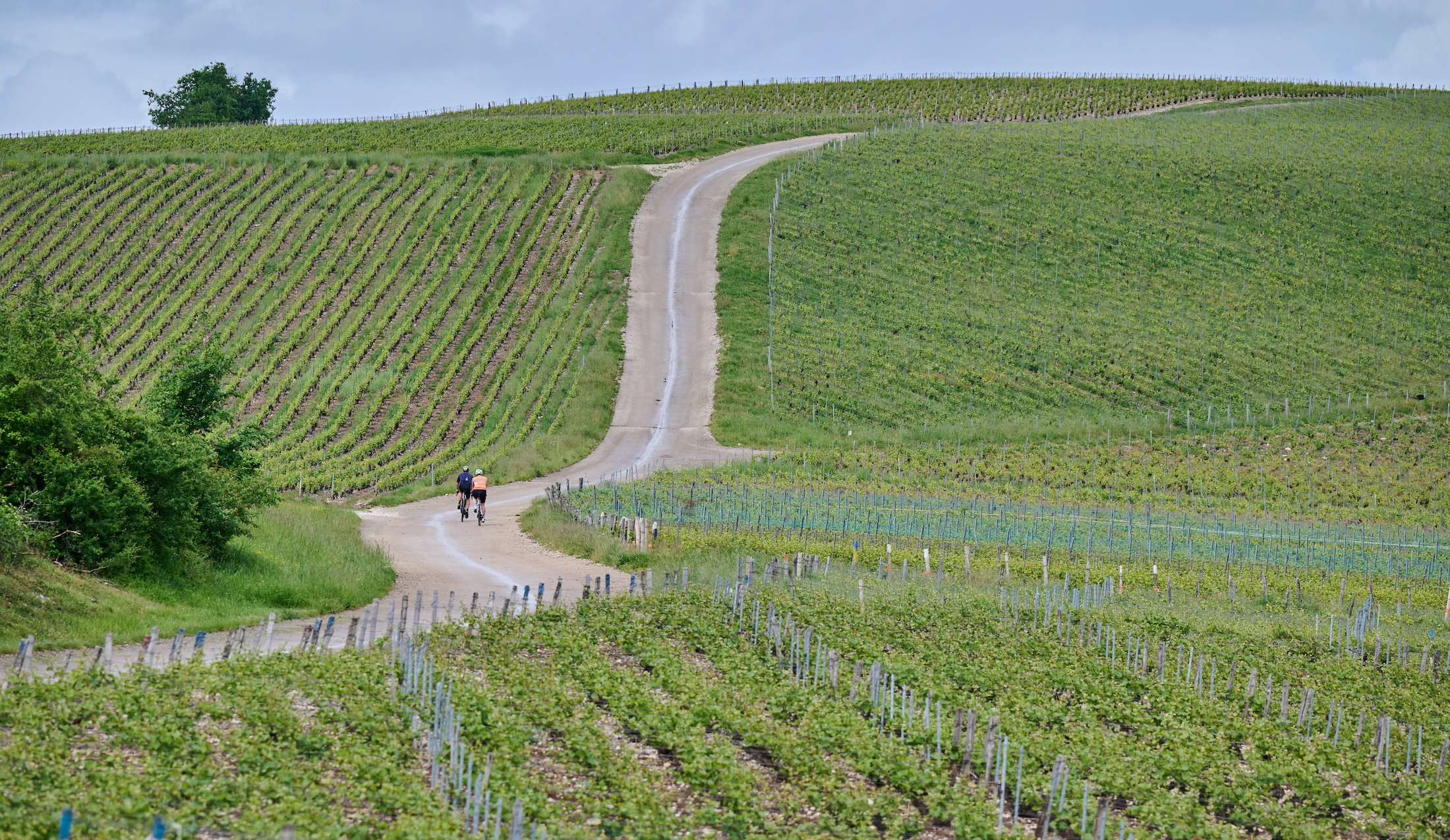
Heading out into the hills all day is a luxury for some
When considering whether to ride longer distances or at a faster pace for weight loss, it's not about choosing one over the other; it's about knowing how each fits into a well-rounded exercise plan. Both methods offer unique advantages. Incorporating both into your routine can boost your cycling fitness and encourage fat loss.
Before settling on a weight-loss strategy, think about your circumstances. If you're new to cycling, longer and slower rides might be more manageable. On the other hand, experienced cyclists may relish the challenge of faster, more intense sessions. It's also worth considering your main goal: are you aiming to become a more capable cyclist, or is losing body weight your priority?
Another key factor is the amount of time you have for cycling. If your schedule is tight, high-intensity interval training (HIIT) or sprint workouts can be more effective, burning more calories and providing a longer post-exercise calorie burn as your body recovers. However, if you have plenty of time, longer endurance rides present their own set of benefits.
Long-distance endurance cycling enhances cardiovascular health by improving the heart's efficiency and increasing stamina, while also promoting the use of fat as a primary energy source. This form of cycling helps build muscle endurance and supports the development of a robust aerobic base, which is essential for overall fitness.
No matter what approach you choose, make sure it's realistic for your lifestyle and enjoyable, as you're more likely to stick with a routine that's fun, ultimately leading to sustained weight loss.
Remember, if weight loss is your goal, you can’t out-train a bad diet. Whether you opt for further or faster, you need to ensure that you are fuelling your training sessions properly, which means having the energy to complete the session whilst not over-fuelling and taking on more calories than needed. Nailing the basics of cycling nutrition will help maximise your results and get you closer to your fitness and weight-loss goals.
Hannah Reynolds interest in cycling began while studying for a degree in Sports Science at the University College Chichester and surrounded by elite level cyclists. She is now undertaking a PhD at Sheffield Hallam University investigating the use of e-bikes by older people.
A committed dabbler whose passion outweighed her talent Reynolds has competed across all disciplines of cycling bar BMX. In the very distant past she has been south-east road race champion, southern cyclo-cross champion and finished third in the European 24hr Solo mountain-bike champs in 2011. She was also the Fitness Editor of Cycling Weekly for 15 years.
Hannah Reynolds is author of several cycling books, France-en-Velo a guide to the ultimate 1000 mile cycle route from the Channel to Med; Britain's Best Bike Ride. LEJOG1000; A 1000 mile journey from Land's End to John o' Groats and 1001 Cycling Tips.
You must confirm your public display name before commenting
Please logout and then login again, you will then be prompted to enter your display name.
